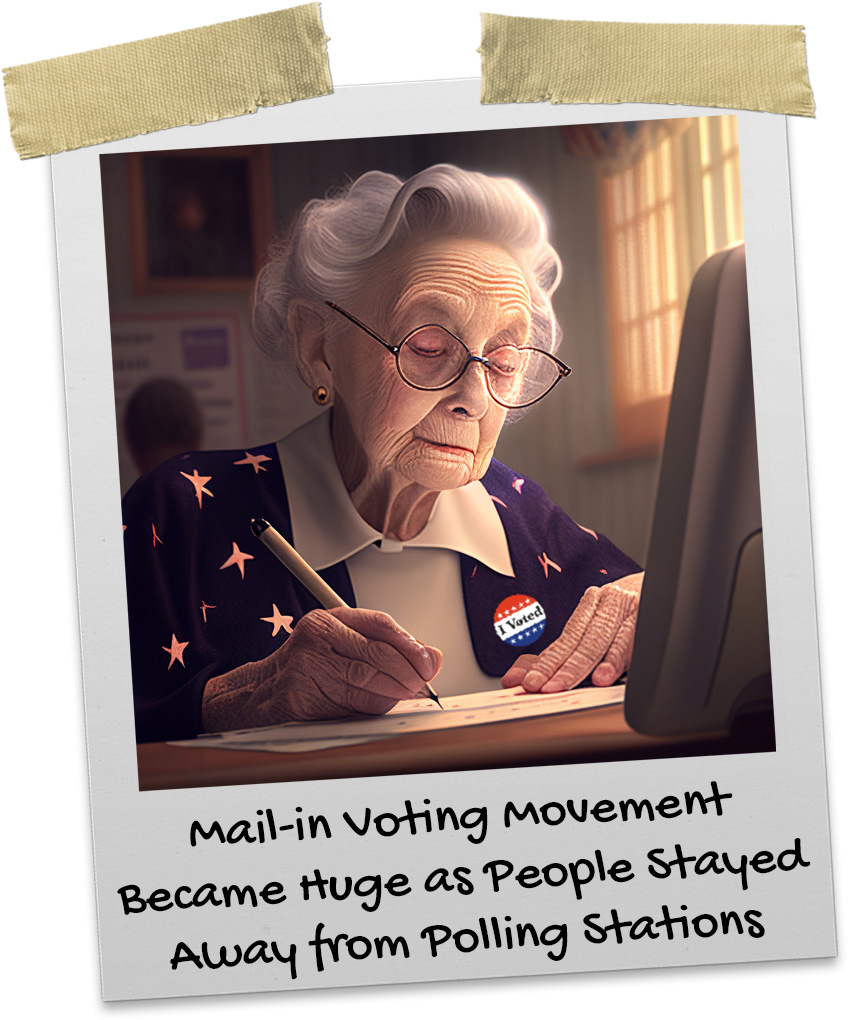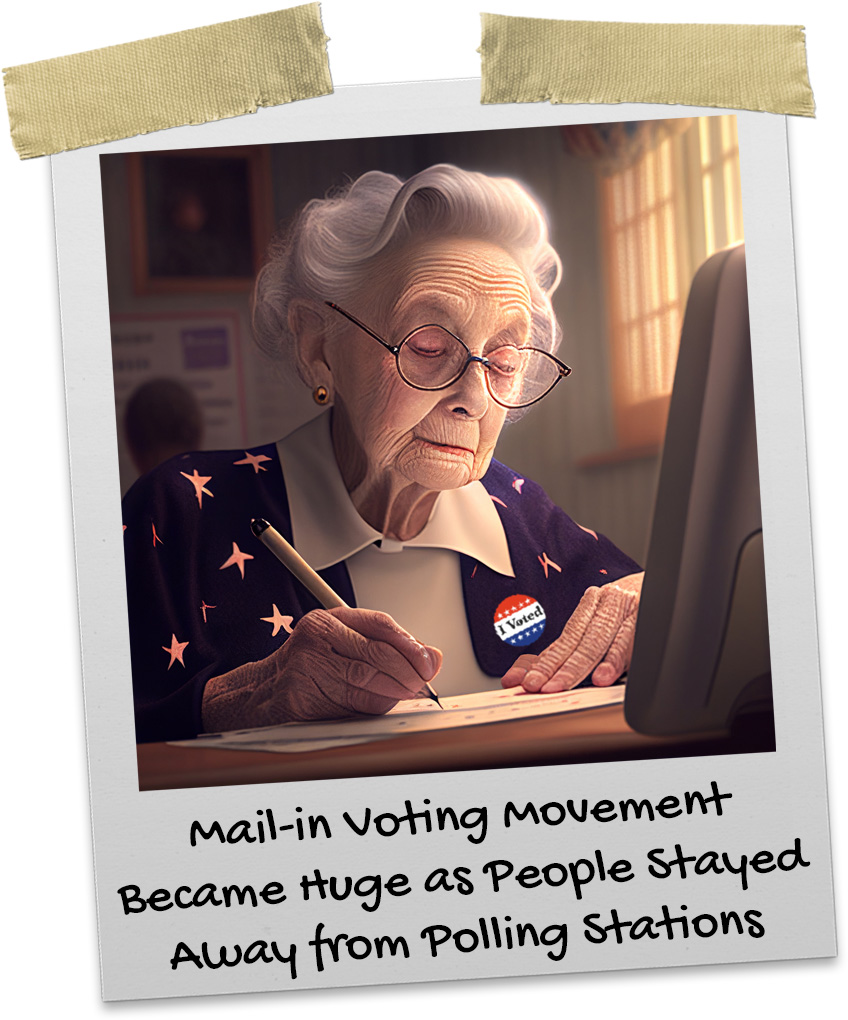Mail-in Voting Movement Grew as Voters Avoided Polling Stations


The year of 2020 wasn’t just a very notable one because of the pandemic, it was also a voting year. At the federal level alone there were 435 seats up for grabs in the House of Representatives, 33 open seats in the Senate, and of course, incumbent Donald Trump was defending his position as President of the United States from challenger Joe Biden. This was a big year for people to hit the polls.
But for many, they were still afraid or hesitant to go public venues. They were concerned with the increased risk of exposure while waiting in lines and sharing surfaces with others around the polls.
Across the nation, states and municipalities sought to protect the health and safety of voters. They made modifications to voting methods, resulting in a wide range of ballot casting options that differed significantly from one state to another.
While some states adhered to conventional voting procedures, others offered early voting opportunities and distributed mail-in ballots to all registered voters. Many made changes to their election laws, such as waiving the requirement for a notary or witness signature on ballots.
As a result, in the 2020 election, nearly 69% of voters across the country chose to vote non-traditionally, either through early voting or mail-in ballots, before Election Day. Nearly four-in-ten absentee or mail voters (39%) say they had never voted by this method prior to this November’s election. Partially due to divisive politics, but mainly due to the ease of voting rules, this election featured the largest increase in voters between two presidential elections on record, with 17 million more people voting than in 2016.
The mail-in voting movement was met with mixed reactions. Some advocated for it to increase voter access and participation while ensuring public health and safety. Others raised concerns about potential voter fraud and the risk of ballots getting lost in the mail.
The 2020 election will be remembered as a unique event due to the occurrence of a pandemic. Judging by the popularity of mail-in voting ballots, this trend is expected to continue in future elections and is not going away anytime soon.



